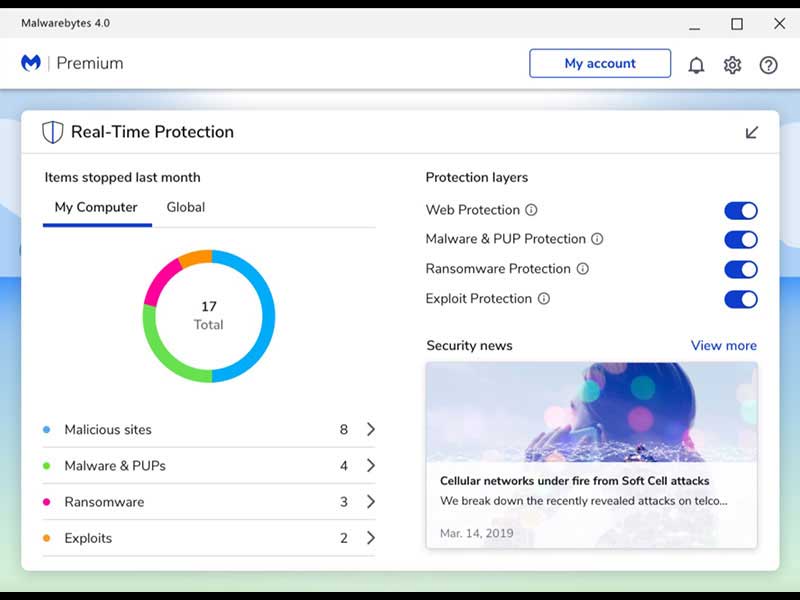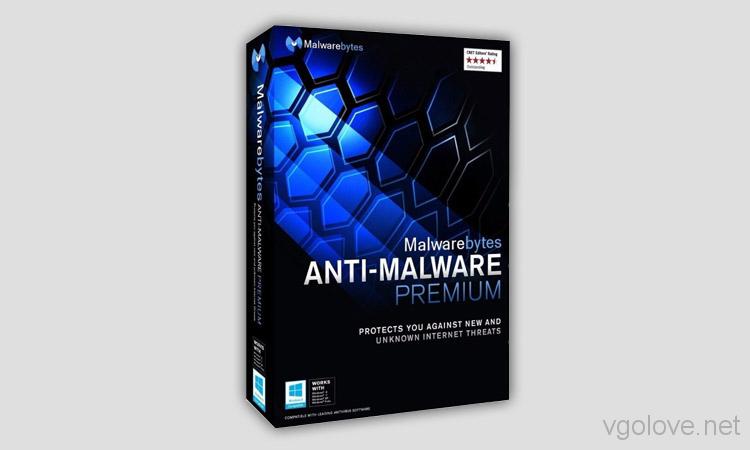
- Cheap malwarebytes 3.0 premium how to#
- Cheap malwarebytes 3.0 premium update#
- Cheap malwarebytes 3.0 premium driver#
- Cheap malwarebytes 3.0 premium full#
In short, to protect the device from scams, hacking, spy, viruses, worms, ransomware, and other emerging threats, Malwarebytes is excellent software for online users. Step-6: Finally, tap on the “Apply” button. Step-5: Consequently, a new dialogue box will open where you have to enter the Malwarebytes license key. Step-4: A new page will open & you will notice the “Activate” option at the top corner on the right side. Take your time to understand the options. Step-3: Henceforth, a new dialogue box open & remain active onwards. Step-2: After downloading, open the software & then click on the “Activate License” option, which you will see in the upper right corner.

Step-1: First of all, download the Malwarebytes antivirus without any cost from the official website.
Cheap malwarebytes 3.0 premium how to#
How To Turn On The Malwarebytes Premium Free Of Charge? Higher screen resolution with 1024×768.Free hard disk space available with a minimum of 250 MB.800MHz CPU or faster, with SSE2 technology.Settle down the problems by excluding tiny file names.īasic Requirements Of Device 1.Extract all kinds of browser-based viruses and worms.The Content Menu scanning feature is present by default.Better resumption experience for paid customers.Block the upcoming bout of malware or hackers.Discover and destroy all sorts of malware.
Cheap malwarebytes 3.0 premium update#



Cheap malwarebytes 3.0 premium driver#
This software excellently obstructs the IP address of pernicious websites plus scrutinize all the software, programs, services and system’s driver which is currently running.
Cheap malwarebytes 3.0 premium full#
One can buy the Malwarebytes premium key to exploit its full benefits. Besides, paid version also put forward unbeatable features like the scheduled scan, real-time protection and a flash memory scan. It aid to enhance the protection against spyware, adware, trojans, rootkits, ransomware and many more.


 0 kommentar(er)
0 kommentar(er)
